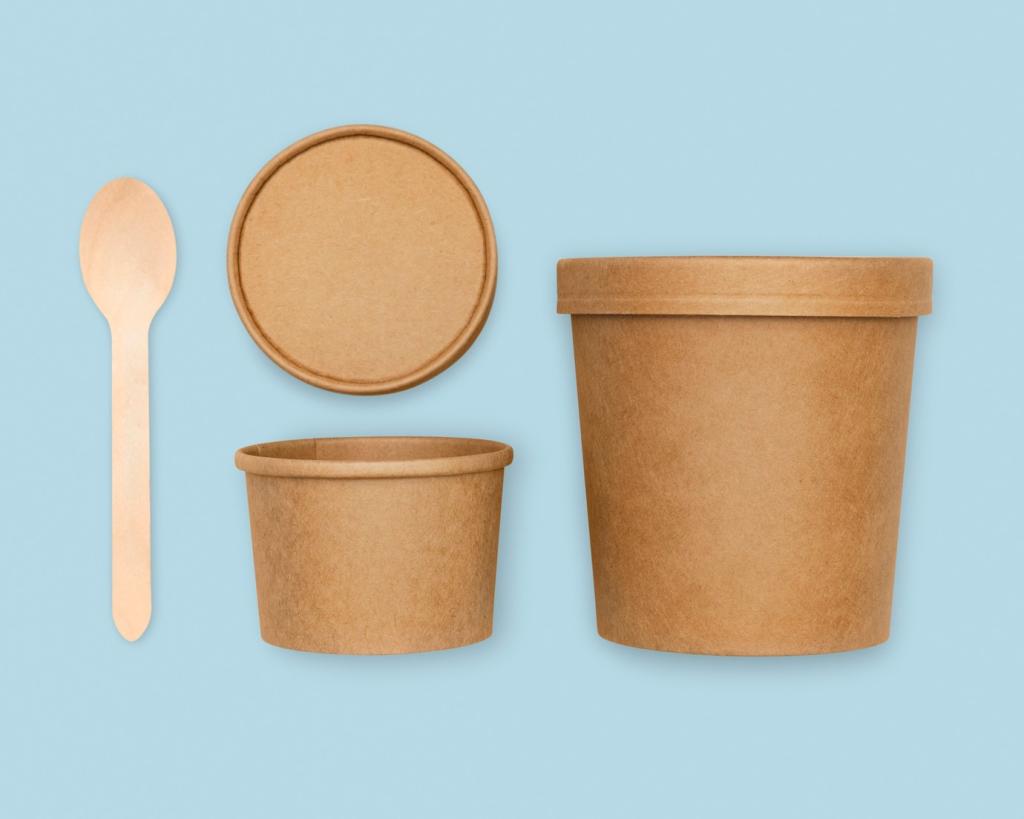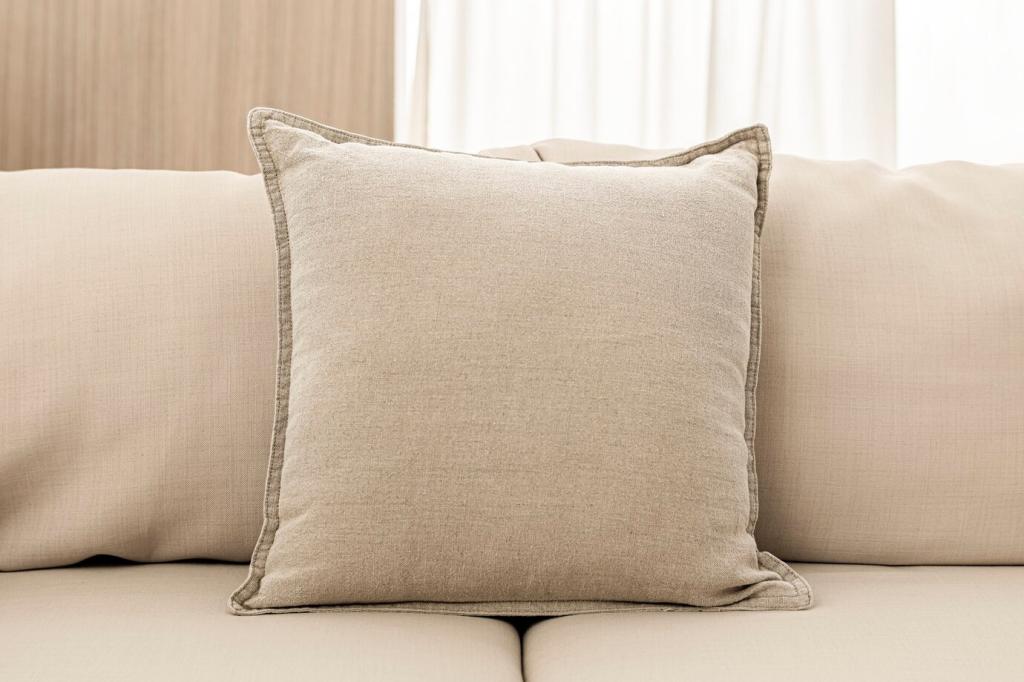Eco-Friendly Material Selection for Modern Interiors
Eco-friendly material selection is at the heart of sustainable interior design, blending aesthetics with responsibility. As the world shifts towards conscious living, homeowners, designers, and businesses increasingly prioritize materials that minimize harm to the environment while delivering durability, style, and function. Modern interiors now reflect a commitment to eco-friendly practices, embracing innovative materials and processes that reduce carbon footprints. This guide explores how thoughtful choices—from flooring to finishing touches—can create healthier living spaces and inspire a greener future.

Understanding Eco-Friendly Materials
Every material, whether natural or synthetic, has a life cycle that includes extraction, manufacturing, use, and disposal. Evaluating the environmental impact across these stages helps identify truly eco-friendly options. Materials with low energy manufacturing processes, minimal chemical treatments, and easy recyclability are preferred. For interior design, this means considering both how a material is sourced and how it will be disposed of at the end of its use. This holistic approach ensures that the overall carbon footprint is kept low and that future waste is minimized, contributing significantly to sustainable living.
Bamboo and Cork Flooring
Bamboo and cork are two standout sustainable flooring materials that have surged in popularity for their green credentials. Bamboo grows rapidly, sometimes reaching maturity in just five years, making it a renewable alternative to traditional hardwoods. It boasts impressive strength, aesthetic versatility, and easy maintenance. Cork, harvested from the bark of cork oak trees without harming them, is naturally antimicrobial, hypoallergenic, and comfortable underfoot. Both materials renew themselves quickly and can be harvested with minimal environmental disruption. When sourced from responsibly managed plantations, bamboo and cork offer an unbeatable combination of sustainability, performance, and style.
Recycled and Reclaimed Wood
Recycled and reclaimed wood floors bring unique texture and charm to interiors while conserving timber resources. Salvaged from old buildings, barns, or shipping materials, reclaimed wood not only salvages materials destined for landfill but also introduces storied character through beautiful aged patinas. Many manufacturers now produce engineered flooring with recycled wood fibers, maintaining appearance and durability while utilizing materials that might have otherwise contributed to waste. Ensuring that these woods are treated with non-toxic finishes upholds both sustainability and indoor air quality, elevating the ethical and health profile of the flooring.
Natural Linoleum and Stone
True linoleum, crafted from linseed oil, cork dust, and jute, represents a long-standing but often overlooked eco-friendly flooring material. Distinct from synthetic vinyl, natural linoleum is biodegradable, antistatic, and resistant to bacteria. Stone, when locally sourced, also presents a sustainable option, due to its longevity and minimal need for processing. Materials like limestone, slate, and sandstone offer timeless appeal with little environmental downside if transportation impacts are minimized. Both linoleum and natural stone contribute enduring value to interiors while supporting healthy building practices.

Eco-Conscious Wall Solutions
Natural paints and clay plasters are crafted using organic ingredients like plant extracts, minerals, and naturally sourced pigments. Free from harmful VOCs and synthetic additives, these finishes create healthier living environments that minimize chemical exposure. Lime-based plasters additionally regulate humidity and deter mold, offering breathable wall surfaces ideal for wellness-focused homes. Opting for natural paints and plasters allows for a diverse color palette and unique textures while ensuring wall finishes are as kind to inhabitants as they are to the planet.
Previous
Next
Responsible Furniture and Upholstery
Furniture crafted from Forest Stewardship Council (FSC)-certified wood ensures responsible sourcing practices that protect forests, wildlife, and indigenous communities. By choosing FSC-certified items, designers and consumers support forest management that meets rigorous environmental and ethical standards. In addition to being an eco-conscious choice, FSC labels also provide confidence in the quality and traceability of the wood. Incorporating such furniture supports sustainability agendas and helps curb illegal logging practices, making a real difference in the preservation of woodland ecosystems.
Energy-Efficient Windows and Glazing
Low-emissivity (Low-E) glass coatings reflect infrared energy while allowing visible light to enter, helping maintain comfortable indoor temperatures. These coatings reduce the need for artificial heating and cooling, thereby decreasing energy consumption and costs. With numerous options in terms of tint and performance, Low-E glass can be tailored to climate, direction, and architectural style. Installing Low-E windows in modern interiors aligns with sustainability ambitions while ensuring rooms remain bright, welcoming, and energy-efficient.
Previous
Next
Non-Toxic Adhesives, Finishes, and Sealants
Water-Based and Plant-Derived Adhesives
Traditional adhesives often contain volatile solvents and formaldehyde, contributing to off-gassing and health hazards. Water-based and plant-derived adhesives offer a safer, eco-friendlier alternative, significantly reducing VOC emissions. They are manufactured using renewable resources, are easy to apply, and provide strong bonds across a variety of materials. These adhesives promote healthier indoor air and are increasingly available for woodwork, flooring, and wall applications in modern sustainable interiors.

Insulation and Acoustic Comfort with Green Materials
Cellulose and Recycled Cotton Insulation
Cellulose insulation, primarily derived from recycled newspaper or plant fibers, is lauded for its low embodied energy and excellent thermal properties. Recycled cotton, made from post-industrial denim waste, provides similar performance while elevating the comfort profile of interiors. Both materials are safe to handle and install, contain no fiberglass or formaldehyde, and can be repurposed at the end of their useful life. Their adoption supports closed-loop manufacturing and responsible waste management, essential hallmarks of eco-friendly interiors.
Wool and Cork Acoustic Solutions
Wool insulation naturally regulates humidity, resists mold, and performs exceptionally as a noise barrier. Similarly, cork panels and tiles absorb sound while offering a flexible, renewable option for acoustical comfort. These bio-based materials are fully biodegradable, with minimal processing requirements and low environmental footprints. Their texture and warmth can transform the atmosphere of a room, providing peace and serenity alongside eco-conscious credentials.
Innovative Hemp and Mycelium Panels
Hemp fibers and mycelium (the root structure of fungi) are at the forefront of sustainable building innovation. These materials are molded into panels boasting strong insulation and acoustic attributes, along with inherent resistance to pests and fire. Their production requires negligible chemicals, energy, or water compared to traditional materials. Using hemp and mycelium insulation and acoustic panels demonstrates a bold, forward-looking approach to material selection and highlights the transformative potential of sustainable thinking in modern interiors.
Previous
Next
